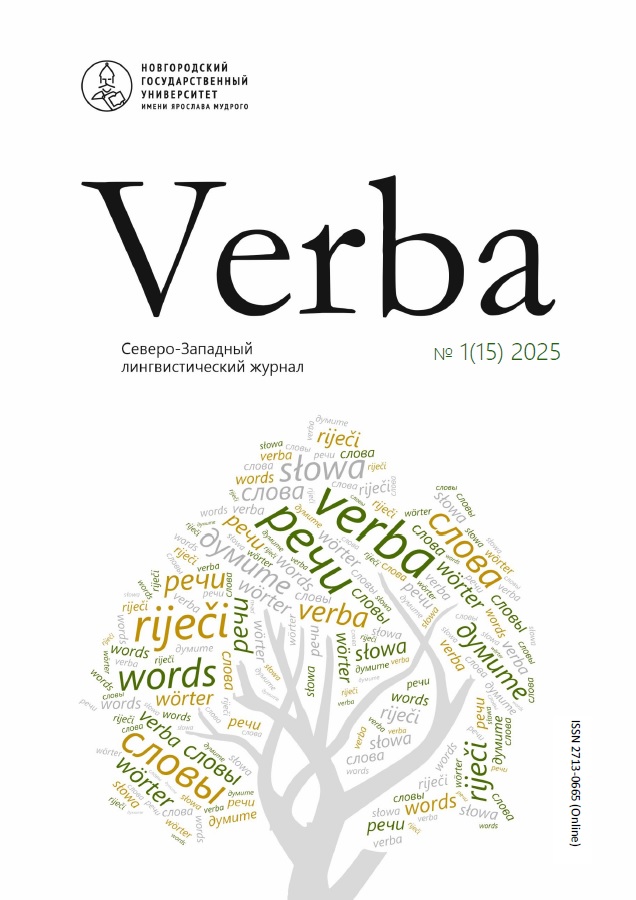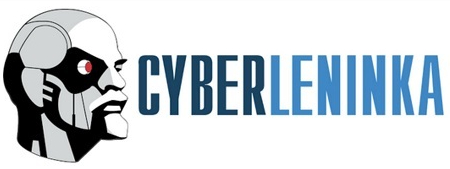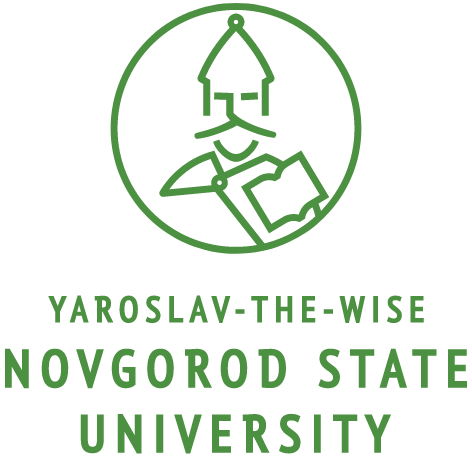Extended metaphors in Zamyatin's “Yola”
DOI:
https://doi.org/10.34680/VERBA-2025-1(15)-77-89Keywords:
metaphor, extended metaphor, metamorphosis, artistic speech, artistic image, referent of artistic worldAbstract
The paper explores the process of verbalizing one’s own intuitive responses while interpreting metaphors, aiming to clarify how readers imagine the referents within the artistic world of Yevgeny Zamyatin’s story “Yola.” The study’s relevance lies in addressing a gap in existing research: while Zamyatin’s prose has been widely analyzed, the pictorial effects and structural complexity of his extended metaphors remain underexplored. The analysis draws on 11 textual fragments from “Yola” that contain extended metaphors. The findings support and illustrate Zamyatin’s own concept of the “sprouting image.” Specifically, the examination of the extended metaphors sun and wall reveals that their multifocal nature is manifested not only in local deployments – where metaphorical elements are developed within discrete narrative situations – but also in global deployments, where repeated variations of a central image (such as sun or wall) recur throughout the narrative. This global deployment, characterized by the discrete arrangement and repetition of metaphorical elements before or after key episodes, creates a second level of metaphorical development. Furthermore, the study demonstrates that even local metaphorical deployments (such as the dream economy) can coalesce into a cohesive referent that is referenced throughout the story. The inherent discreteness of these deployments significantly complicates the metaphor’s referent – the main subject –and demands greater interpretive effort from the reader in constructing meaning. The results of this research contribute to the study of Yevgeny Zamyatin’s prose and offer valuable insights for those learning the techniques of linguistic analysis of fiction.
Downloads
Downloads
Published
How to Cite
Issue
Section
License
Copyright (c) 2025 Verba

This work is licensed under a Creative Commons Attribution-NonCommercial 4.0 International License.








